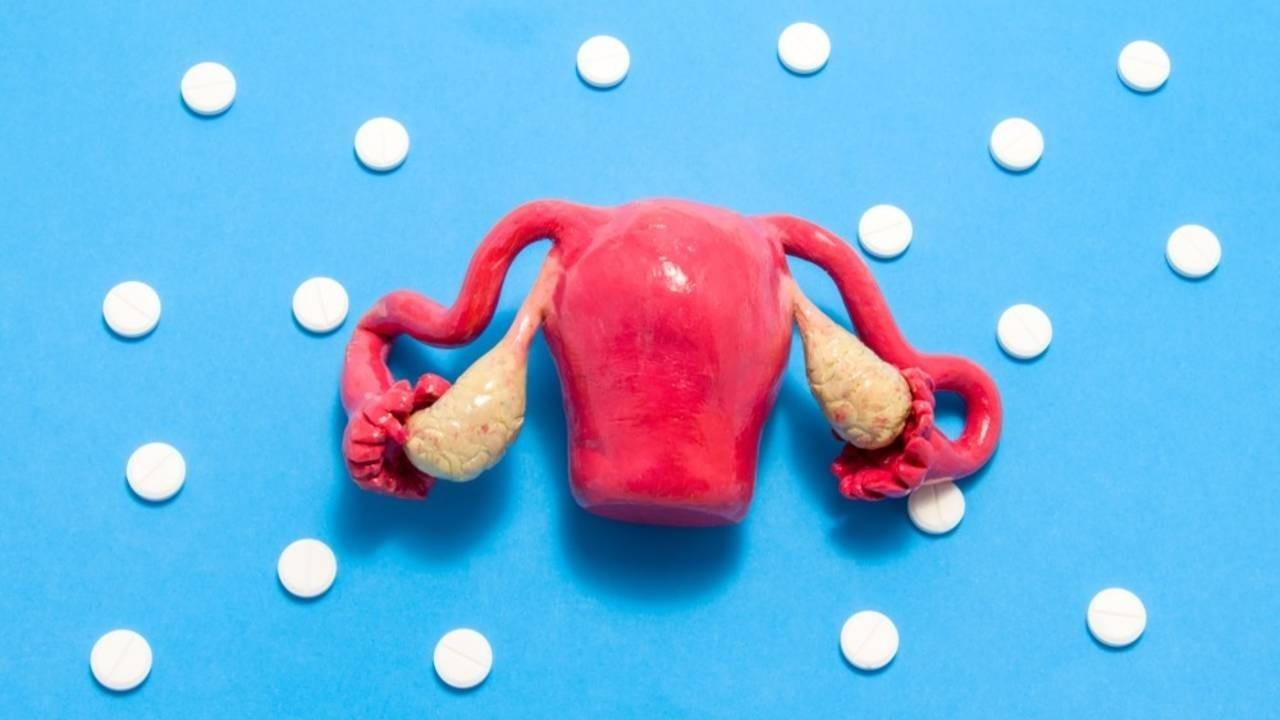Is it Stress or is it Menopause?

Have you ever wondered why some women just breeze through menopause, while the rest of us struggle through?
One of the biggest differences between women who have menopausal symptoms and those that don't can be related to the amount of stress the...
To soy or not to soy?

The decision to eat soy containing foods as a phytoestrogen source during the menopausal transition is a controversial one. You will find some sources that recommend it and others don't. Let's break this down.
Pro
Soy is a phytoestrogen source. ...
Saffron - an out of the box menopause herbal consideration

Although it may not be the first herb to come to mind for hot flushes it covers many of the common symptoms of the menopausal transition (and this even includes hot flushes!)
This spice truly has lasted the test of time, with its use going back t...
Self-Care

I'm often asked what is the most important action to take to start reducing menopausal symptoms?
The answer is self-care. As women we are natural caregivers, many of us look after everyone else to our own detriment. We all know the saying we need...
Menopause Superfood - FLAXSEED

Flaxseed is sometimes called linseed but they are the same seed. The Latin name is Linum usitatissimum which translates to be "very useful" and that is exactly what it is. Its medicinal use has been known for a long time. Hippocrates - the father of ...
Iron and the Menopausal Transition

Iron is an essential mineral for health.
It is a key building block for hemoglobin. The hemoglobin's job is to transports oxygen to your cell. Oxygenated cells can then produce energy and oxygenation also aids in cellular development and repair....
Burning Mouth Syndrome and Menopause

Burning Mouth Syndrome (BMS) also known as Glossodynia or Stomatodynia is a collection of sensations that mainly affects women in their 40's to 70's. It has an increased prevalence 3 years before to 12 years after menopause. BMS may cause the sens...
Dry Eyes and the Menopausal Transition

Do you have dry eyes? Did you connect this symptom with your menopausal transition? All kinds of dryness are linked with menopause, dry hair, dry skin, dry vagina, and even dry eyes! Unfortunately, this issue tends to increase post menopause.
Th...
50 year old Shoulder

Have you heard about the 50-year-old shoulder?
Shoulder complaints at this stage of life are so common they have been given this nickname. The most common issues are frozen shoulder and rotator cuff disease. So let's discuss what is happening aro...
Endometrial Hyperplasia and Menopause

Endometrial hyperplasia is common in peri-menopause. It's simply an abnormal thickening of the uterine lining or endometrium. It is not cancer but in some cases, it can increase your risk of later developing uterine cancer.
But I'm getting ahead of ...


